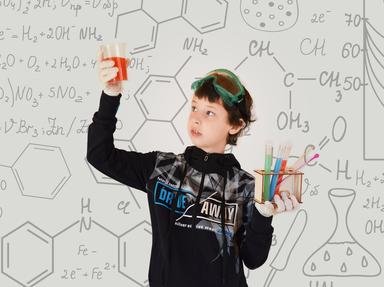
Ordering the Solar System Trivia Quiz
See if you can place these 10 Solar System bodies in order from the greatest size by radius (by how wide they are) to the smallest. Good luck!
An ordering quiz
by BigTriviaDawg.
Estimated time: 3 mins.

| What's the Correct Order? | Choices |
| 1. (696,000 km) | Mars |
| 2. (69,911 km) | Mercury |
| 3. (58,232 km) | Uranus |
| 4. (25,362 km) | Earth |
| 5. (24,622 km) | Neptune |
| 6. (6,371 km) | Venus |
| 7. (6051 km) | The Moon |
| 8. (3390 km) | Jupiter |
| 9. (2,439 km) | The Sun |
| 10. (1,737 km) | Saturn |